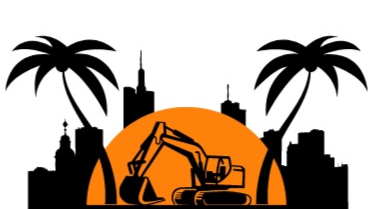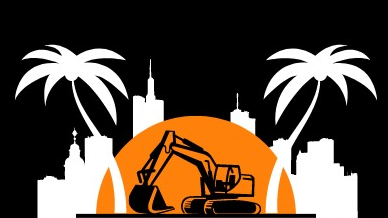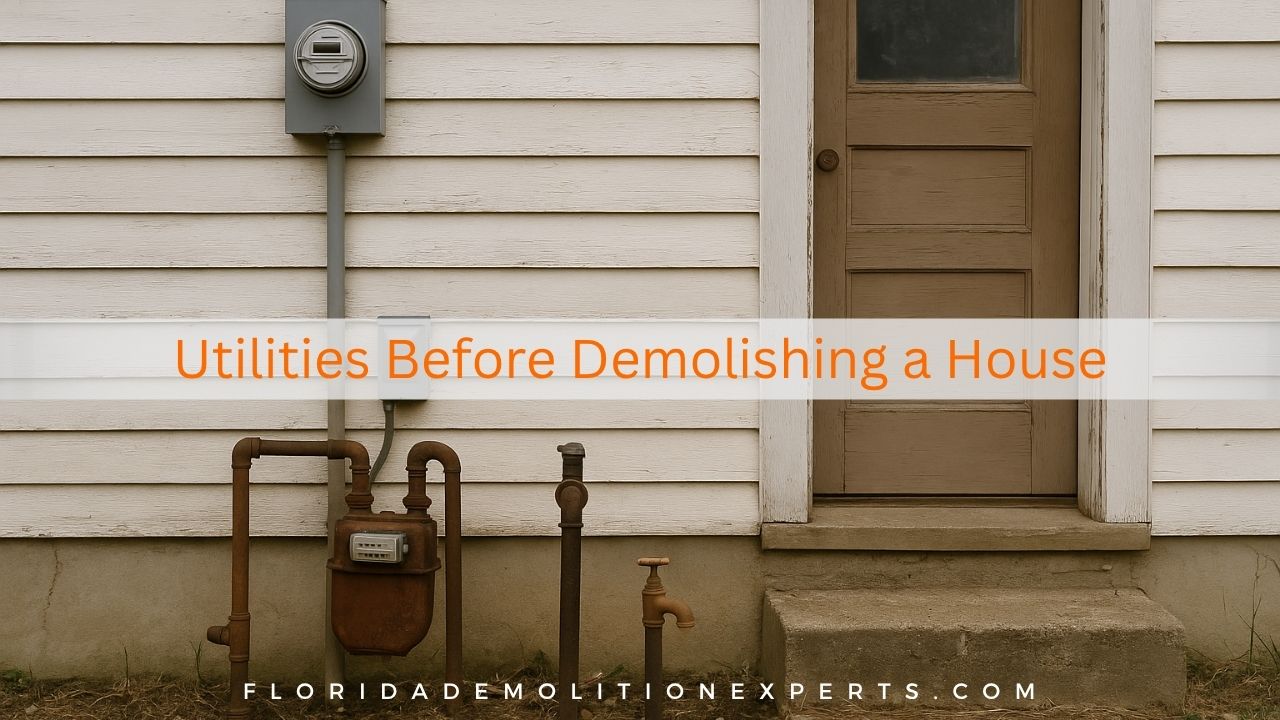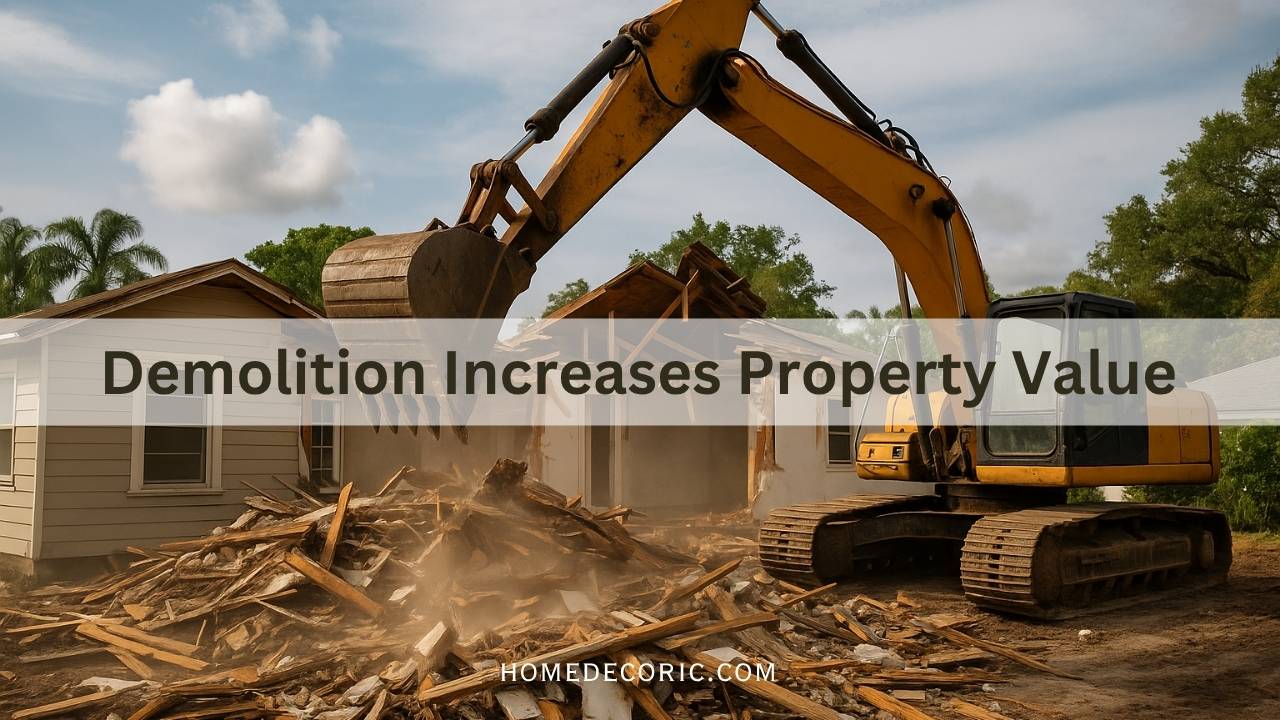Have you confirmed whether every utility service to your home is safely shut off before demolition begins?
Demolishing a house isn’t just about heavy machinery tearing down walls; it’s about precision, safety, and thoughtful planning. Many homeowners make the biggest mistake of ignoring their utility disconnections until the last minute.
A live gas line, an active power feed, or an unsealed sewer can instantly turn a simple teardown into a safety disaster or legal nightmare.
In this complete guide, we’ll walk you through everything you must do with utilities before demolishing a house step by step so your project stays safe, compliant, and efficient.
Why Handling Utilities Comes First
Before demolition starts, utilities must be disconnected because:
- Safety comes first – Live electricity or gas can cause fire, explosion, or electrocution.
- Legal compliance – City and county demolition permits often require proof of utility disconnection.
- Neighbor protection – Shared lines (like water or internet) could impact nearby homes.
- Cost control – A damaged gas or sewer line can result in thousands of dollars in repairs and fines.
Handling utilities upfront prevents accidents, project delays, and unnecessary expenses.
Create a Complete Utility Inventory
Start by identifying every utility connected to your property. Use old blueprints or walk the site with your contractor to locate:
| Utility | What to Identify | Key Concern |
|---|
| Electric Power | Main meter, underground cables, service drop | Shock hazard, live current |
| Natural Gas / Propane | Meter, line entry, regulator | Explosion or fire risk |
| Water Supply | Main shutoff, irrigation, meters | Flooding or water damage |
| Sewer / Septic | Sewer lateral or septic tank | Waste spills or contamination |
| Telecom & Internet | Fiber, cable, junction boxes | Neighbor line damage |
| HVAC / Fuel Lines | Oil tanks, refrigerants, gas feed | Hazardous leaks |
| Other Systems | Sprinklers, security, pools | Interference during demolition |
This mapping ensures you know exactly what to disconnect, cap, or reroute.
Notify All Utility Providers
Once you know what’s connected, call every provider well in advance. Inform them that demolition is scheduled and request official shutdown or removal dates.
Tips:
- Give at least 2–3 weeks’ notice for scheduling.
- Ask for written proof of disconnection for your demolition permit.
- Request that meters be removed or sealed.
- Keep copies of all confirmations for inspection or insurance records.
Secure Permits and Local Clearances
Before any teardown, your local municipality will likely require:
- Demolition permit (with verified utility disconnection dates).
- Inspection or sign-off from each utility company.
- Environmental or hazardous material clearance if fuel tanks or chemicals are present.
Submit these documents early to avoid project delays. Some cities will not allow demolition crews to operate until official disconnect notices are filed.
Hire Licensed Professionals
Never attempt to disconnect utilities yourself. Use qualified experts:
- Electrician – De-energizes and removes electrical panels or wires.
- Gas technician – Cuts and caps gas lines safely.
- Plumber – Handles water shutoffs, sewer caps, and drainage.
- HVAC specialist – Removes fuel tanks and refrigerant systems legally.
- Telecom technician – Disconnects cable and data lines cleanly.
Hiring professionals keeps the project compliant and eliminates safety risks.
Cap, Lock, and Tag All Lines
After the shutdown, make sure each system is physically secured:
- Lockout / Tagout – Label electric panels “Do Not Energize.”
- Cap or plug lines – Gas, water, and sewer lines must be adequately sealed.
- Pressure or integrity tests – Verify caps hold under pressure.
- Mark remaining active lines – Clearly flag any utilities still serving nearby buildings.
This prevents accidental reconnection or damage once demolition begins.
Do a Final Walkthrough
Before heavy machinery moves in:
- Conduct a final walkthrough with your contractor and inspector.
- Confirm every utility is safely capped, locked, and disconnected.
- Verify paperwork for each provider.
- Ensure neighbors’ utilities remain unaffected.
- Sign off the checklist before demolition day.
This one inspection can save you from costly emergencies. Handle Shared Lines With Care
If your property shares lines with neighboring homes or duplexes:
- Notify your neighbors in writing before the shutoff.
- Work with utility companies to isolate your property’s feed only.
- Mark shared trenches or pipes to prevent accidental cuts.
- Plan reconnections or reroutes in your new construction phase.
Handling shared utilities properly protects relationships and your wallet.
Demolish on a Safe, Clean Slate
Once utilities are entirely disconnected:
- Demolition can begin without the threat of leaks, fires, or shocks.
- Cleanup and debris removal go faster.
- You can immediately start preparing for the new foundation and rebuilding work.
Proper preparation means your demolition proceeds smoothly, safely, and on schedule.
Reconnect After Demolition
After the teardown:
- Contact utility providers early for new installation planning.
- Ensure new service routes fit your future construction design.
- Obtain final inspections before reconnecting gas, power, and water.
- Keep as-built plans for future maintenance or expansion.
Reconnecting correctly prevents future disruptions and speeds up your rebuild.
Avoid These Common Mistakes
| Mistake | Result | Prevention |
|---|---|---|
| Waiting until demolition day | Delays and denied permits | Notify utilities weeks early |
| DIY disconnections | Safety violations | Hire licensed experts |
| Missing secondary lines | Live wires remain | Conduct a thorough site walk |
| Ignoring documentation | Permit issues | Keep official proof of shutoffs |
| Damaging shared lines | Neighbor disputes | Mark and isolate utilities |
| Skipping inspections | Fines or stop orders | Schedule city verification |
A safe demolition always starts with proper utility handling.
Final Thoughts
Utility management isn’t optional; it’s the foundation of a safe and legal demolition. Disconnecting, capping, and documenting each service protects your crew, property, and neighbors.
If you’re planning to demolish a home anywhere in Florida,
Contact Florida Demolition Experts today for a free consultation and get your demolition project started safely, compliantly, and stress-free.






